Secteur du Transport et logistique
Dans un environnement marqué par la libéralisation des marchés, l’émergence de nouveaux acteurs, la croissance rapide des flux d’échanges et le changement des attentes des consommateurs, les acteurs du transport et de la logistique doivent transformer en profondeur leur modèle et leur organisation pour tirer parti des nouvelles opportunités. Dans ce contexte, le soutien d’un cabinet de conseil en transformation logistique peut s’avérer précieux pour établir une nouvelle stratégie opérationnelle.
Les défis que doit relever le secteur du Transport et de la logistique
Dans le secteur aérien, l’essor du modèle low-cost et la montée en puissance de nouveaux acteurs bénéficiant de solides avantages concurrentiels imposent la recherche d’économies durables. Dans le ferroviaire, les opérateurs historiques doivent faire face à l’ouverture à la concurrence du marché du transport de passagers ainsi qu’aux challenges liés à l’évolution de la mobilité. Ils doivent aussi améliorer significativement leur compétitivité tout en assurant le financement des infrastructures.
Les services postaux sont quant à eux contraints d’adapter leur modèle et leur organisation à l’ère du numérique, marquée par une érosion du courrier et une croissance rapide des volumes de colis. Pour répondre à la demande croissante des clients, les acteurs de la logistique doivent transformer leurs modèles opérationnels et tirer parti des nouvelles technologies (automatisation, tracking, cartographie, dématérialisation, data). C’est là que l’appui d’un cabinet de conseil en efficacité opérationnelle peut être d’un grand secours. Dans le fret aérien et le maritime, le digital favorise l’émergence de nouveaux entrants qui bouleversent les business models et imposent aux acteurs traditionnels de repenser leur métier en profondeur. Enfin, les acteurs du tourisme sont eux aussi confrontés à l’émergence de nouveaux acteurs qui captent une partie du trafic et de la valeur et les contraignent à revoir en profondeur leur modèle opérationnel.
Ce que nous pouvons faire pour vous aider à relever les défis liés au secteur du transport et de la logistique
Argon & Co accompagne de grands acteurs du tourisme et du transport aérien, maritime et ferroviaire, ainsi que des entreprises de services postaux, messagerie et logistique. Nous les soutenons dans leurs projets de réorganisation et d’efficacité opérationnelle, à tous les niveaux de la chaîne de valeur.
Achat
- Stratégie achat
- Make or buy
- Organisation et pilotage de la performance achat
- (Re)conception à coûts objectifs
- Plans de performance achat
Manufacturing (production et maintenance)
- Stratégie d’actifs
- Planification de la maintenance et des travaux
- Lean maintenance et excellence opérationnelle
- Optimisation de la supply chain des pièces de rechange
- Maintenance prédictive
Logistique
- Politique de service
- Schémas directeurs logistiques
- Conseil en organisation des flux
- Organisation et pilotage de la logistique
- Plans de performance logistique
- Mécanisation/automatisation des sites logistiques
- Optimisation du transport
Opérations
- Productivité/lean
- Planification des ressources
- Optimisation des process back-office
Back office
- Optimisation des organisations
- Shared services et externalisation
- Optimisation/automatisation des processus support
- Pilotage du service et de la performance
Digital
- Stratégie digitale
- Plateformes collaboratives
- IA (expérience client, customer intelligence, prévision, gestion des prix, promotions et opérations)
- IoT (traçabilité)
- RPA (Robotic Process Automation)
Notre démarche
Notre cabinet de conseil en stratégie des opérations associe expertise technique, expérience opérationnelle et connaissance métier pour accompagner ses clients à résoudre les problèmes spécifiques au secteur du transport et de la logistique et à obtenir des résultats durables. Notre démarche garantit l’adhésion à tous les niveaux de l’entreprise pour nos clients ainsi qu’un résultat pérenne. Nous avons accompagné un large éventail de clients dans le secteur du transport et de la logistique tels que Kuehne + Nagel, Hills, Bunzl Retail Supplies, Swire Cold Storage, La Poste, AirFrance, GEODIS, Swire, ID Logistics, FM Logistic et la SNCF. Cliquez ici pour en savoir plus.





